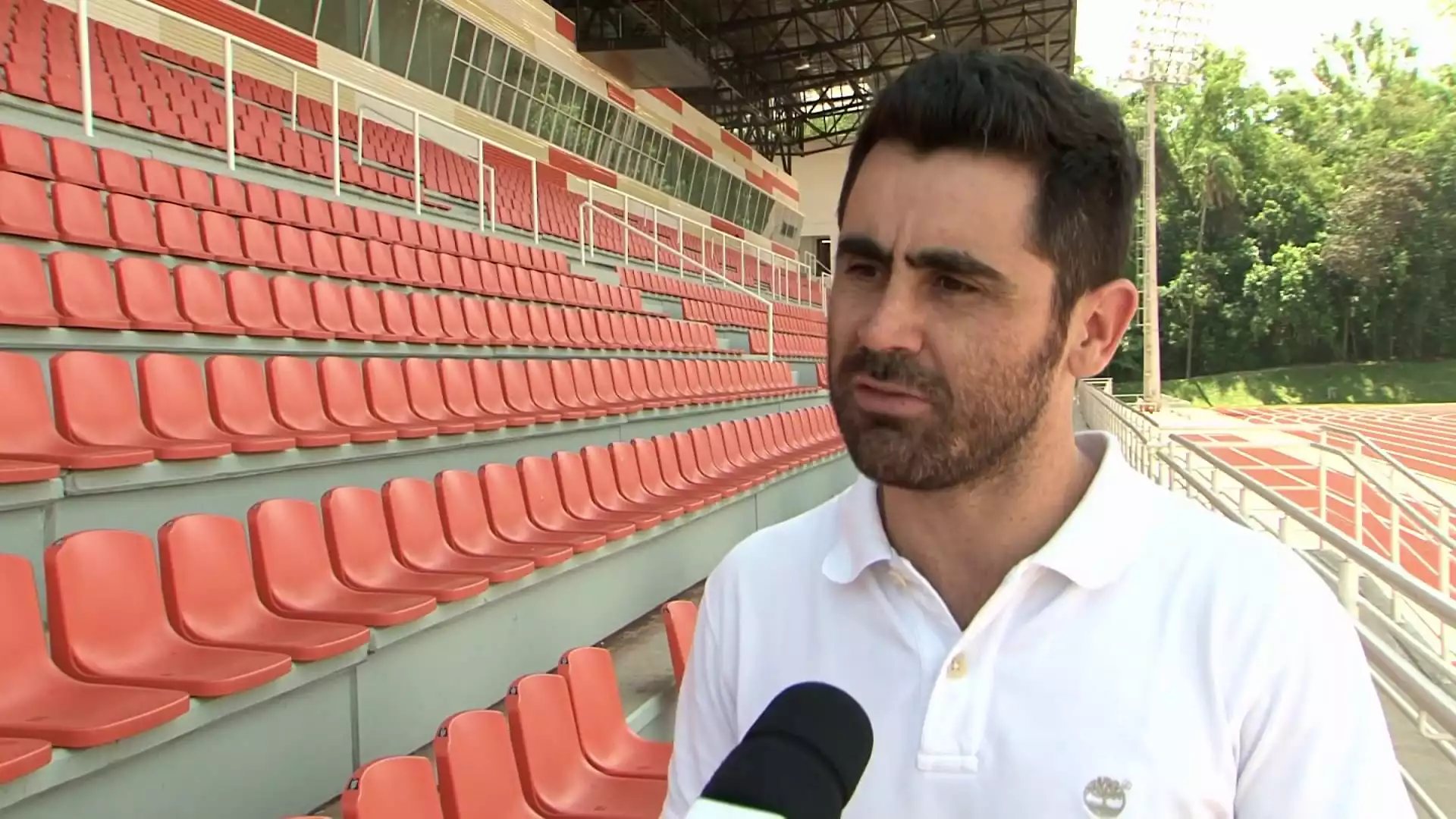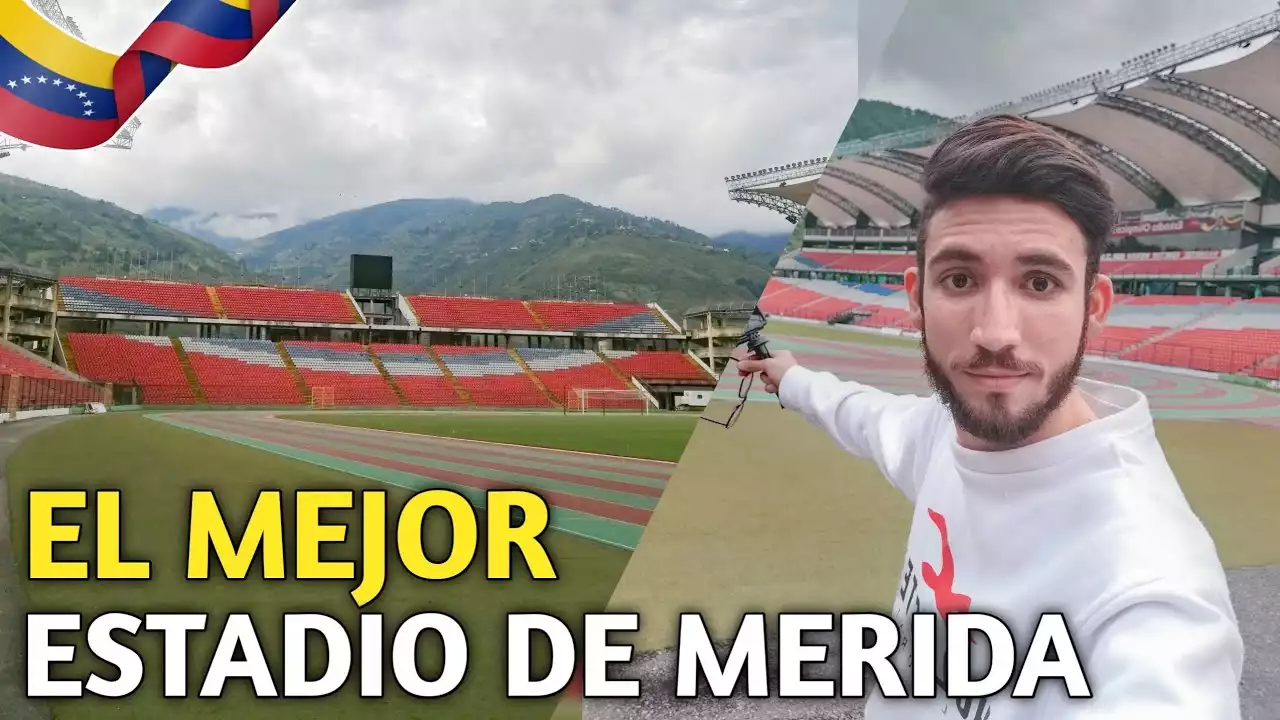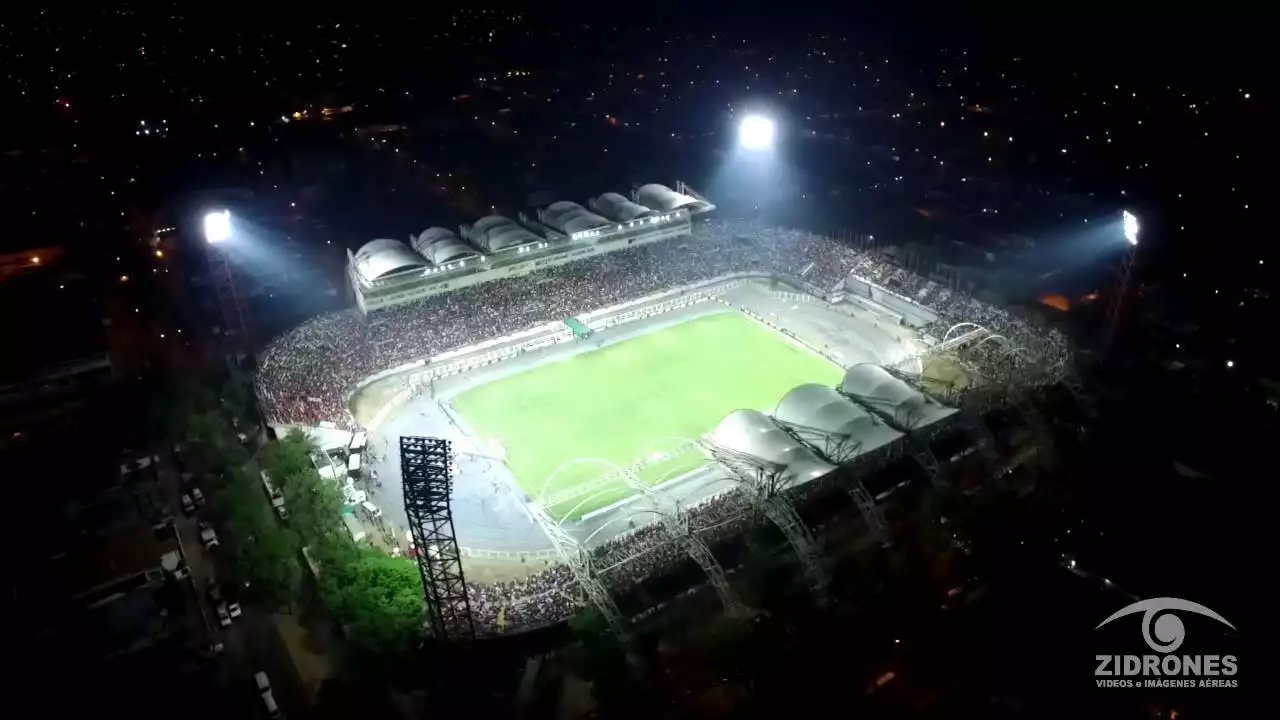Overview of Venezuela's largest football stadium
Venezuela's largest football stadium is the Estadio Olimpico de la Universidad Central de Venezuela. Located in Caracas, the capital city of Venezuela, this stadium is an architectural masterpiece and a symbol of national pride. With a seating capacity of over 40,000 spectators, it is the go-to venue for top-flight football matches in the country.
The Estadio Olimpico de la Universidad Central de Venezuela, commonly known as the Olimpico, was inaugurated in 1951. Designed by renowned architect Carlos Raúl Villanueva, who also designed the Universidad Central de Venezuela campus, the stadium boasts a unique blend of modernist and brutalist architectural styles.
The stadium's design incorporates sweeping curves, bold lines, and grand entrances, creating a visually stunning structure that complements its surroundings. The Olimpico's vibrant blue and yellow seats add a touch of vibrancy to the stadium, reflecting the national colors of Venezuela.
Despite its age, the Olimpico has undergone several renovations to keep up with modern standards. The latest renovation took place in 2006, in preparation for the Copa America tournament held in Venezuela. These renovations not only improved the stadium's facilities but also enhanced the overall fan experience.
Stadium history and construction
The history of the Estadio Olimpico de la Universidad Central de Venezuela dates back to the early 20th century when plans for a national stadium were first conceived. The idea gained momentum in the 1940s, with the aim of having a stadium that could host major sporting events and serve as a symbol of national unity.
Construction of the stadium began in 1948 and was completed in 1951. The project faced several challenges, including funding issues and logistical constraints, but eventually, the vision became a reality. The stadium was officially inaugurated on December 5, 1951, with a football match between Venezuela and Mexico.
The construction process was a testament to the determination and resilience of the Venezuelan people. Thousands of workers were involved in the project, working tirelessly to bring the stadium to life. The result is a testament to their hard work and dedication, a structure that has stood the test of time and become an integral part of the country's sporting heritage.
Capacity and record attendance
The Estadio Olimpico de la Universidad Central de Venezuela has a seating capacity of approximately 40,000 spectators. This makes it one of the largest stadiums in Venezuela and a popular venue for high-profile football matches and other sporting events.
Over the years, the stadium has witnessed numerous record attendances, with fans flocking to witness thrilling matches and support their favorite teams. One such record attendance was set during a Primera Division match between Caracas FC and Deportivo Tachira in 2005. On that day, an astounding 45,500 spectators filled the stadium, creating an electric atmosphere that reverberated throughout the city.
The Olimpico's capacity has made it a preferred venue for international matches and tournaments. It has hosted several Copa America matches, including the final of the 2007 edition, which saw Brazil emerge as champions. The stadium's ability to accommodate large crowds ensures that fans can fully immerse themselves in the excitement and fervor of the game.
Notable matches and events held at the stadium
The Estadio Olimpico de la Universidad Central de Venezuela has witnessed its fair share of historic matches and memorable events. From thrilling derbies to international tournaments, the stadium has been a witness to some of the most significant moments in Venezuelan football history.
One notable match held at the stadium was the final of the 2007 Copa America. This prestigious tournament brought together the best teams from South America, culminating in an epic clash between Brazil and Argentina. The stadium was filled to capacity, with fans from both nations creating an electrifying atmosphere. In the end, Brazil emerged as champions, defeating Argentina 3-0.
Another memorable event held at the Olimpico was the 2010 Copa Libertadores final between Internacional and Chivas Guadalajara. This match marked the pinnacle of South American club football, with the two teams battling it out for continental supremacy. The stadium was packed with passionate fans, and the match ended in a 3-2 victory for Internacional, securing their first-ever Copa Libertadores title.
In addition to football matches, the Olimpico has also hosted other sporting events, such as athletics competitions and concerts by renowned artists. The stadium's versatility and iconic status make it a versatile venue that can cater to various events and attract diverse audiences.
Stadium facilities and amenities
The Estadio Olimpico de la Universidad Central de Venezuela offers a range of facilities and amenities to enhance the fan experience. From comfortable seating to state-of-the-art technology, the stadium aims to provide spectators with a memorable and enjoyable time.
The seating arrangement in the stadium ensures that every spectator has a clear view of the pitch. The seats are well-designed and offer ample legroom, ensuring comfort during the entire duration of the match. Additionally, the stadium has designated areas for disabled spectators, ensuring that everyone can enjoy the game without any hindrance.
To cater to the needs of hungry fans, the Olimpico offers a variety of food and beverage options. From traditional Venezuelan delicacies to international cuisines, there is something to satisfy every palate. The stadium also has well-stocked bars and kiosks, providing fans with a wide range of refreshments.
In terms of technology, the stadium boasts modern facilities, including giant LED screens that display live match updates, replays, and other relevant information. This ensures that fans can stay connected to the game, even if they are seated far from the action. The stadium also has excellent acoustics, allowing fans to hear every cheer, chant, and roar of the crowd.
Local fan culture and atmosphere
Venezuela's Primera Division largest football stadium is not just a venue for matches; it is a symbol of the country's rich football culture. The stadium's electric atmosphere and passionate fans create an unparalleled experience, immersing spectators in the intensity and emotion of the game.
Venezuelan football fans are known for their unwavering support and dedication to their teams. They fill the stadium with vibrant colors, flags, and banners, creating a visually stunning spectacle. The chants and songs that echo through the stands reflect the deep-rooted passion and love for the game.
The local fan culture is characterized by intense rivalries and fierce loyalty. Matches between rival teams often draw large crowds and generate a palpable sense of excitement. The atmosphere becomes charged with anticipation and tension, as fans eagerly await the outcome of the match.
The stadium's proximity to the city center also contributes to the vibrant fan culture. Before and after matches, the streets surrounding the stadium come alive with fan gatherings, street vendors selling merchandise, and lively discussions about the game. The sense of community and camaraderie is palpable, bringing people together in celebration of their shared love for the sport.
Impact of the stadium on the local community
Beyond the realm of sports, the Estadio Olimpico de la Universidad Central de Venezuela has had a significant impact on the local community. The stadium serves as a gathering place for people from all walks of life, fostering a sense of unity and pride.
The stadium has also played a role in promoting tourism and boosting the local economy. Major football matches and tournaments attract visitors from across the country and even from abroad, contributing to increased tourism revenue. Local businesses, such as hotels, restaurants, and souvenir shops, benefit from the influx of visitors during these events.
Additionally, the stadium has become a symbol of national identity and a source of inspiration for young aspiring athletes. The sight of the colossal structure serves as a reminder of the possibilities and dreams that can be achieved through hard work and dedication. The stadium's presence has helped nurture a new generation of football players and fans, ensuring the longevity of the sport in Venezuela.
Other notable football stadiums in Venezuela
While the Estadio Olimpico de la Universidad Central de Venezuela holds the distinction of being the largest football stadium in Venezuela, there are several other notable stadiums across the country. These stadiums have their own unique characteristics and have played host to many memorable matches.
One such stadium is the Estadio Jose Antonio Anzoategui, located in the city of Puerto La Cruz. With a seating capacity of over 37,000 spectators, this stadium is home to the popular football club Deportivo Anzoategui. It has witnessed numerous high-stakes matches and has become a fortress for the home team.
Another notable stadium is the Estadio Monumental de Maturin, situated in the city of Maturin. This stadium has a seating capacity of approximately 52,000 spectators, making it one of the largest in the country. It has hosted several international matches and has become a symbol of pride for the local community.
These stadiums, along with many others, contribute to the vibrant football culture in Venezuela. They provide a platform for teams to showcase their skills and entertain fans, creating a lasting impact on the nation's sporting landscape.









